When teachers have discussions with their students in over-crowded classrooms, shouting, calling out and talking over others can become an unfortunate part of the process. But I recently figured out it doesn’t have to be. And I have the 99% to thank.
The recent #OccupyWallStreet and wider #Occupy gatherings around the world have introduced many to the long established tradition of holding General Assemblies to have civilized, equitable, non-oppressive and productive discussions with each other. This great video explains how General Assemblies (GAs) work:
In addition to being immediately transfixed by the organic power of People’s Mic, I was impressed at how a few simple hand gestures could help create a space where voices were heard, disagreements were civil and all people felt included. In short, the ideal classroom environment.
Since October 15th, I’ve attended a bunch of GAs in my participation with the #OccupyToronto movement. After learning and using the hand signals, I decided to teach them to my Grade 5/6 students.
They loved it.
Instead of shouting out agreement or disagreement, students showed their “Twinkle Fingers” of agreement or their down low twinkles of disagreement. Confusion or questions were shown by making a letter ‘C’ shape with their hand. This General Assembly Guide from the New York City General Assembly shows what each symbol looks like. And to ensure all voices were heard, not just the loudest, a “stack” or speakers list was put on the chalkboard.
It was amazing. For the first time in a long time, I was not repeatedly asking my “shouters” to be silent, we could all immediately take a “temperature check” on how people were feeling about the discussion (many twinkle fingers or just a few.) And for the first time, I could accurately and unobtrusively assess how some of my more shy, or lower performing students were feeling and thinking about our discussion. When the stakes of disagreement are lowered to merely wiggling your fingers to the floor, instead of voicing your opinion to a room of your peers (some of whom might be bullying you or just not like you), then it becomes easier for you to take a stand and make your feelings clear.
And besides all that, it is just plain fun.
There’s something addictive about twinkling. My kids were doing it during their private conversations in class and in other discussions where I hadn’t clearly stated that we were using them. During a math lesson when I asked if people understood our long division questions, instead of head nods or raised hands, I got twinkles. It was immediate formative assessment: Kids twinkling up got the math and dove into their work. Twinkles down meant they needed more support and I worked more with them. A low stakes, not embarrassing way of saying “I don’t get this stuff!”
I can’t wait to see how the GA hand gestures will transform our future discussions. And I can’t wait until other teachers bring them into their classrooms. To make that happen more quickly, I’m putting together a series of lesson plans that will show teachers how to do exactly that.
But more about that next time.
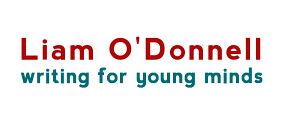

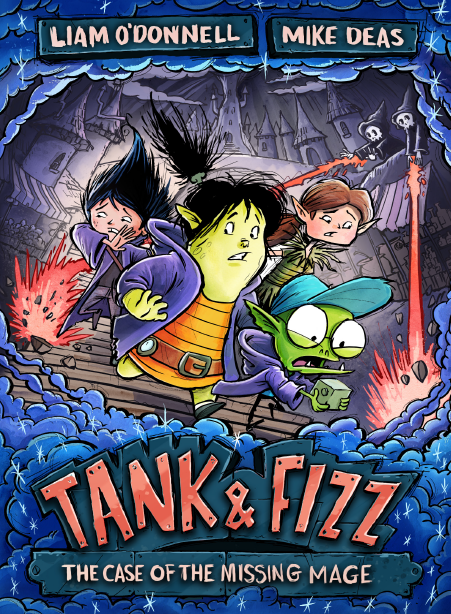
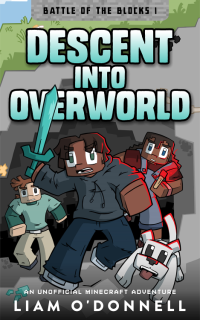

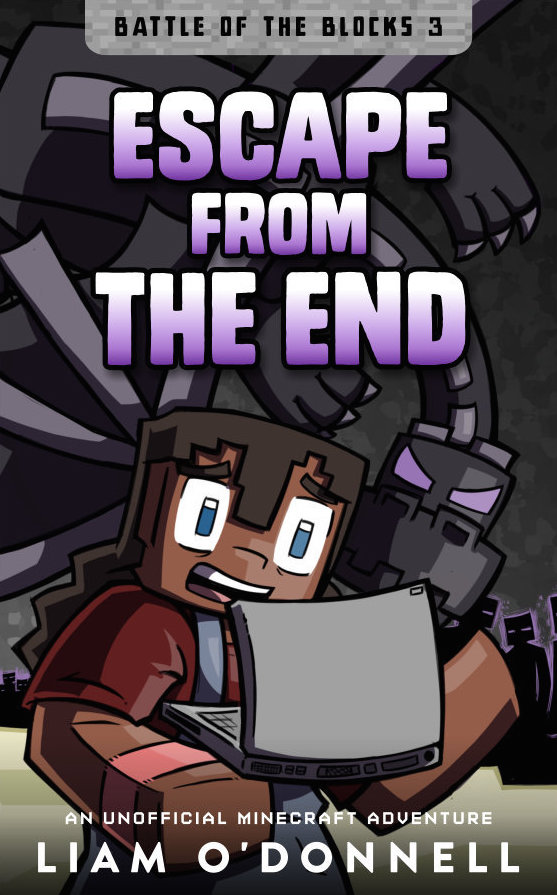



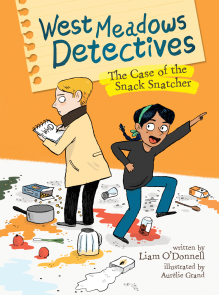
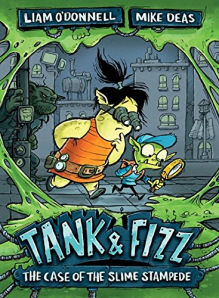
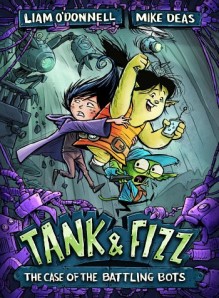

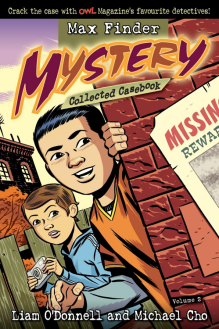


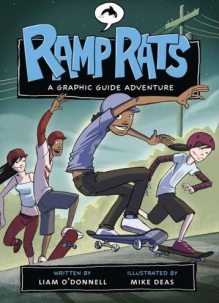
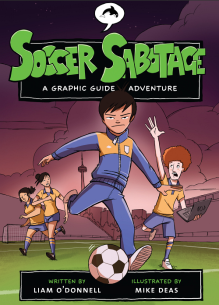
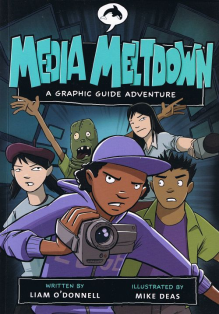
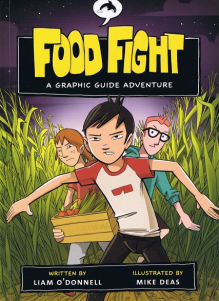
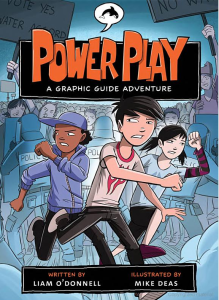
I too have attended many general assemblies here in Houston and adore how the hand signals facilitate conversation. You could always tell when you were in conversation with an Occupier, as the signals appeared often and became an organic part of any discussion.
I am preparing now to enter the classroom in Fall and intend to use the consensus model and the hand gestures in my classroom. I would love to hear more about your own successes and see your lesson plans incorporating the gestures into the classroom. I couldn’t find them on your site. Perhaps I am missing them?
Sincerely,
Taryn
Hey Taryn,
You are not missing anything – it’s me that’s missing stuff! I still love using the hand signals with my junior students, but things have gotten so busy that I wasn’t able to put together a written lesson plan. To be honest, I’m actually not very good at putting together “written” lesson plans. The result: there isn’t anything written down, although that was one of my goals last fall.
Here’s a quick attempt to rectify my epic fail on that front:
Essentially, I taught my students hand signals by showing them a video of a few GAs and talking about the “weird” things people were doing with their hands. I let them puzzle out why the people would be twinkling or blocking. Once we’d teased out a few theories, I’d ask them about what challenges we face when having group discussions (not everyone getting a turn, people too shy to disagree, etc.) I’d help them make the connection between our communication challenges and the challenges of people at GAs, and how the hand signals sought to solve that problem.
Then, we’d go over the hand signals – what each meant and have a laugh about them. It’s meant to be fun and playful and the kids get that right away.
With the hand signals in everybody’s mind, I would then turn the lesson into another, connected lesson (something I had ready and we’d already been working on – ie a discussion on a reading, etc.) Then, we’d have a discussion around that subject (whatever you choose) but this time we’d use the hand signals and the GA speaking rules.
Once the lesson moves beyond learning the hand signals, my students started to use them naturally. As I mentioned above, they were doing it in math class when I wasn’t expecting it. That’s when I knew they had the concept and we, as a class, had another tool to help us communicate.
Hope this helps! If you have any other questions, feel free to drop them in the comments or email. I’m happy to help.
Thanks for dropping by and good luck with the teaching this year!
Liam